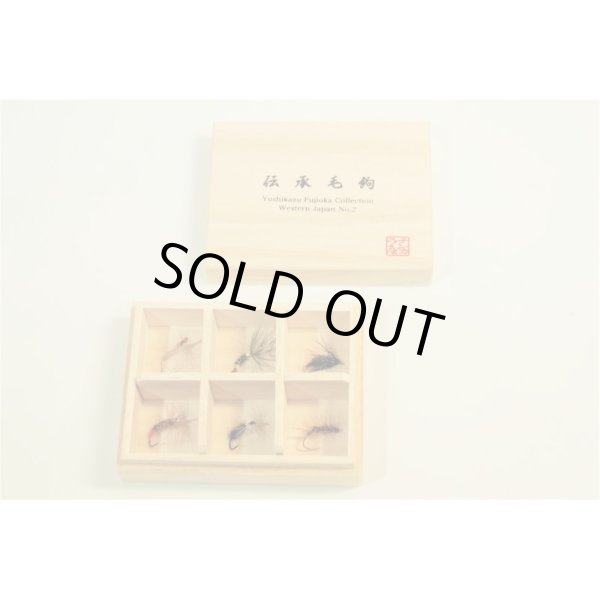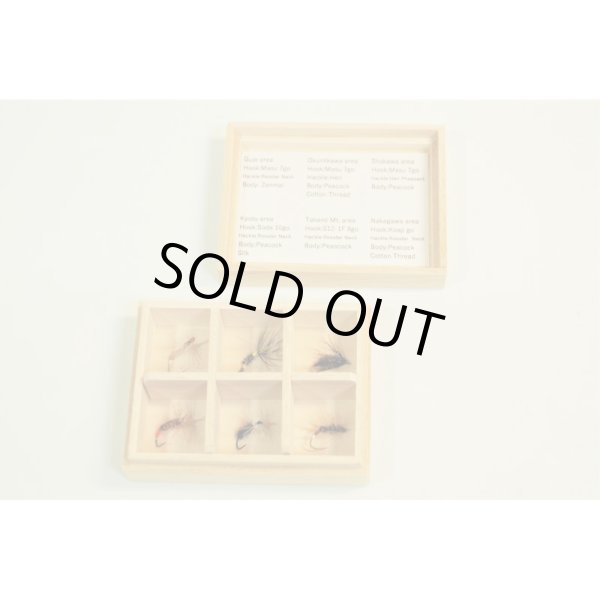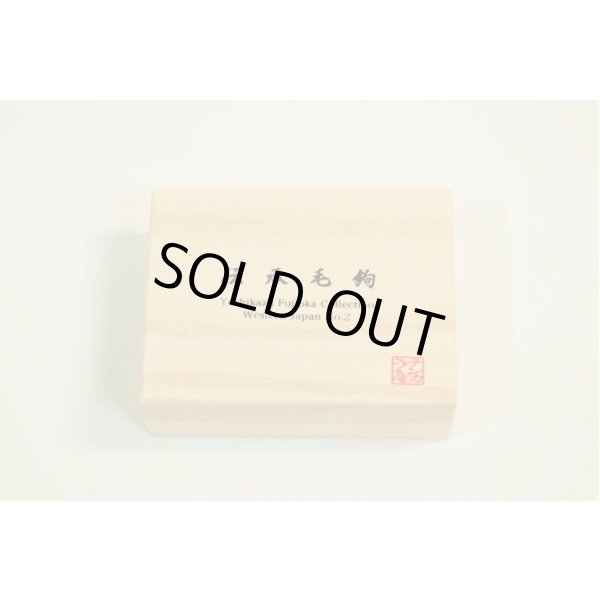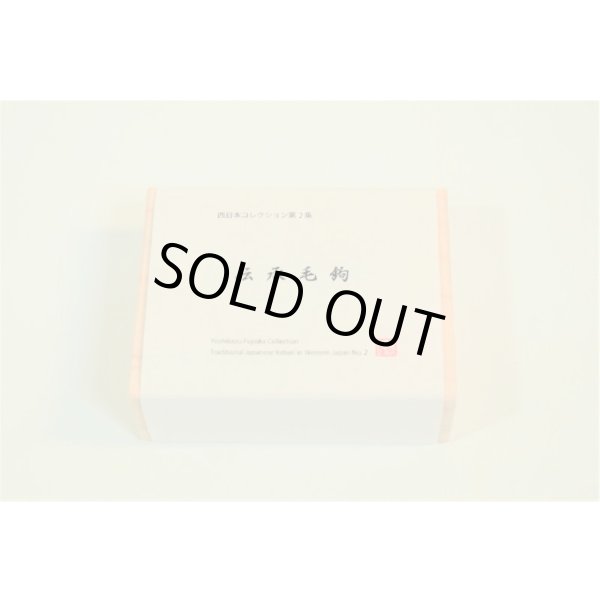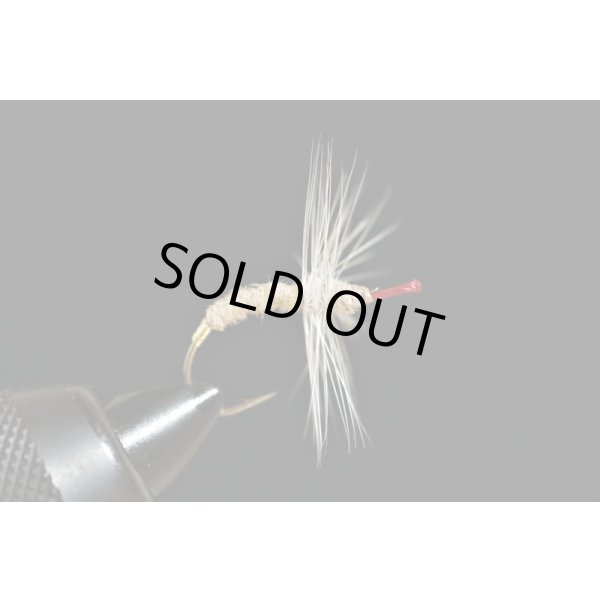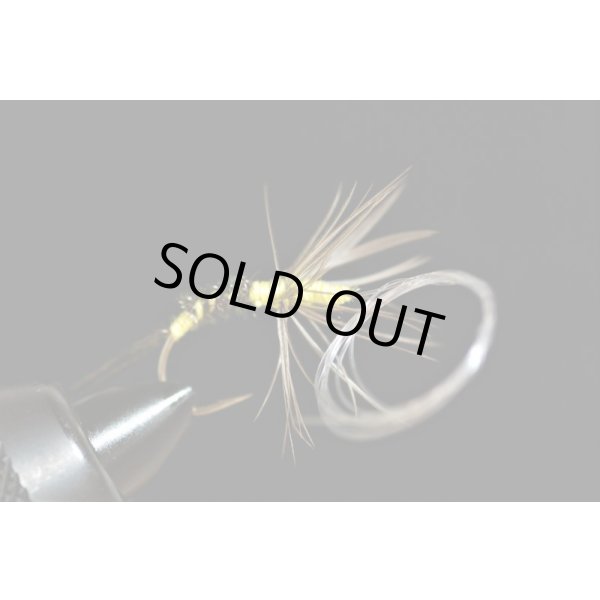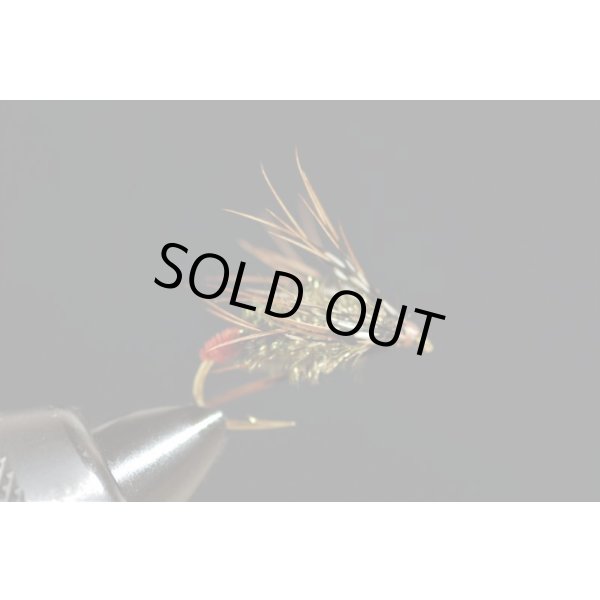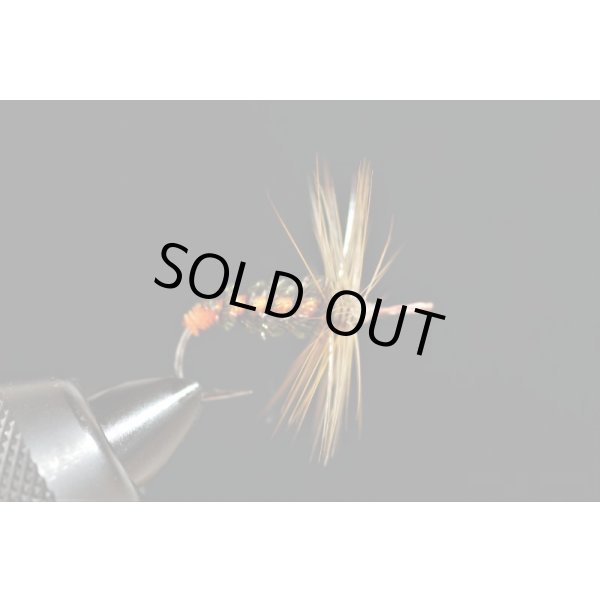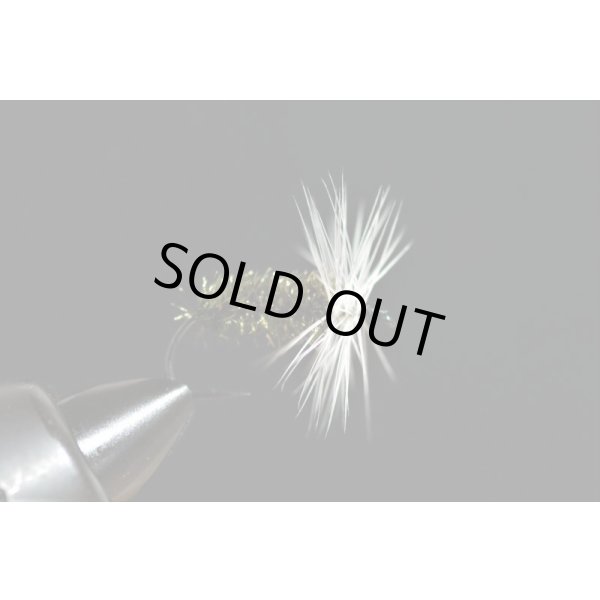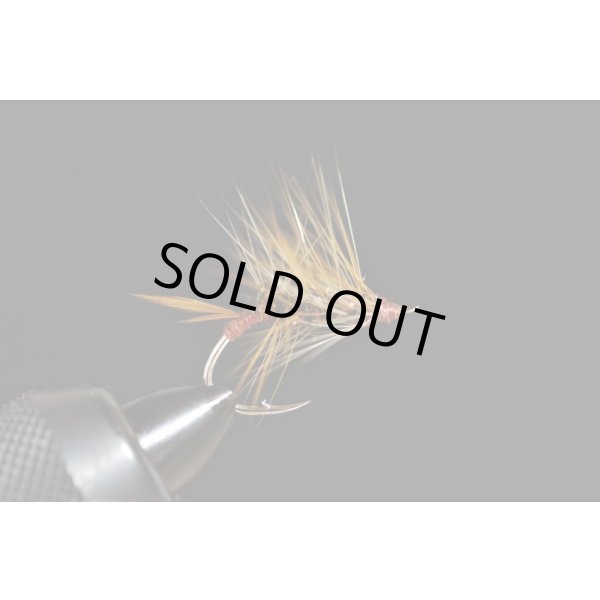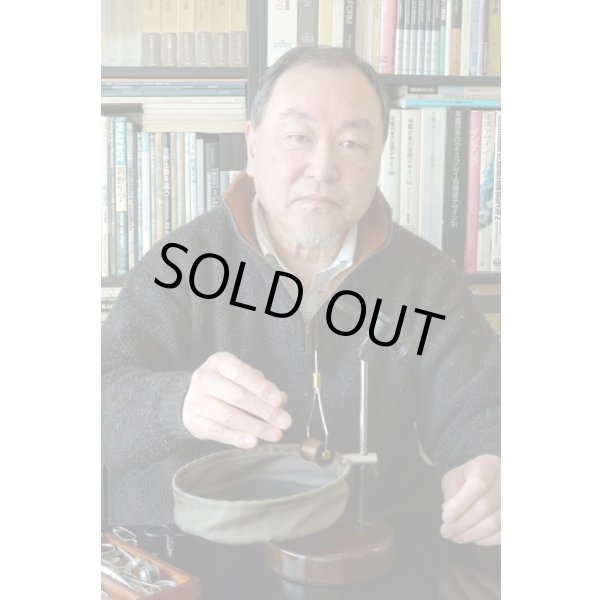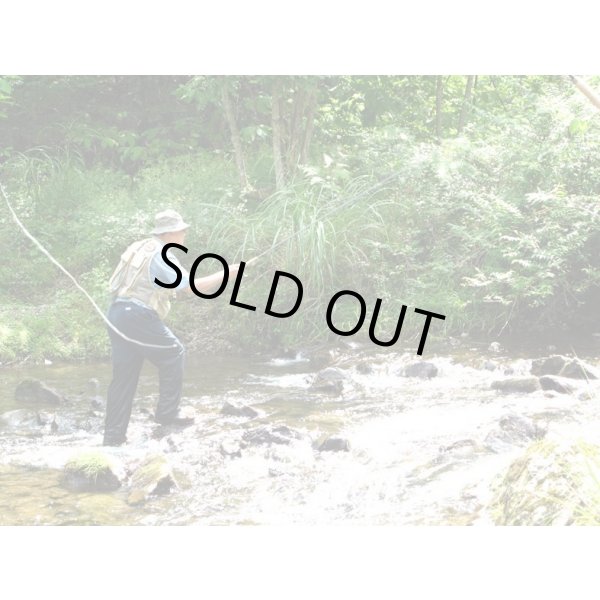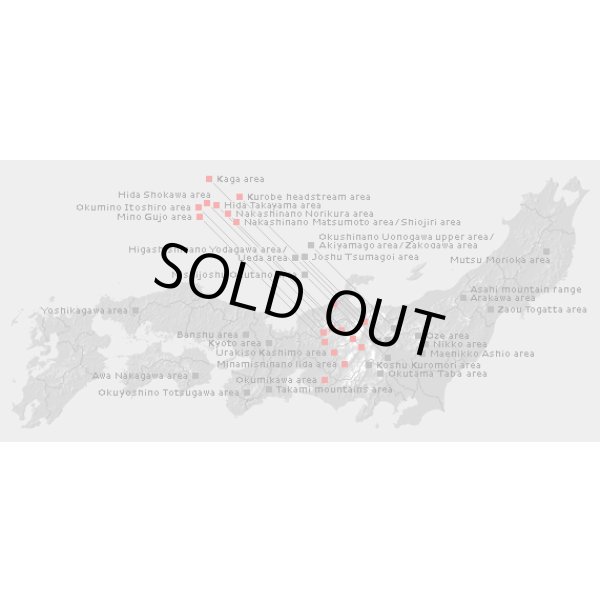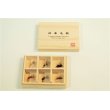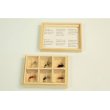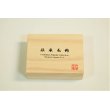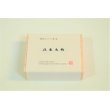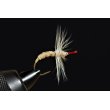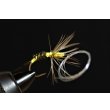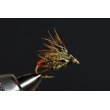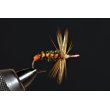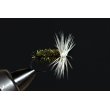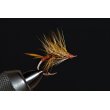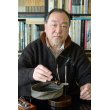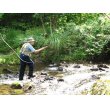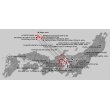Item description
Fujioka Collection Traditional Densho Kebari Set Western Japan 2 [FY021]
Price: US$58.00
[Not available]
Weight: 240g
- Tweet
Item description
Mr. Yoshikazu Fujioka was born in 1948 in Kyoto, Japan. He graduated from Aichi University of the Arts and Music in 1970.
During his professional carrier, he was an acclaimed industrial space designer / producer and received many awards for his work.
Mr. Fujioka started fishing in the mountain streams of Japan in 1975, and also began his famous art work (painting and drawing of mountain streams, trout and other wildlife) around the same time. His artwork are on display at number of museums and other public facilities.
Also in 1975, he discovered some regional traditional kebari (flies) used for tenkara fishing in Sho-kawa (Sho River) region in a small shop. He has devoted his passion for collecting and studying traditional Japanese tenkara kebari since.
In 1997, he opened his website My Best Streams.
We are very much honored to present his traditional Densho kebari collection series. These kebari come in a traditional Japanese "Kiri bako" (foxglove) box. This is a masterpiece collection of Japanese mountain fishing culture, as well as a display of Mr. Fujioka’s long devotion to discovering and preserving authentic Japanese kebari patterns.
Fujioka Collection Traditional Densho Kebari Set Western Japan 2
Gujo area
Originally this kebari had been handed down around Mino Gujo area. Unfortunately no one uses this type of traditional kebari. This kebari is re-made by modern sense. The kebari has body of cotton of flowering fern(Zenmai).
Hook : Masu No.7
Hackle : Rooster Neck
Body : Zenmai
Oku-mikawa Area
Oku-Mikawa Highlands is located in the southwest of the Kiso Mountains (Central Alps). It is next to Nagano Prefecture, and the tenkara fishing for amago is superior there. This kebari is tied by Mr. Fujioka referring to the bulbul wing hackle kebari of the rod maker Takeo Suzuki who lived in Asuke.
Hook : Masu No.7
Hackle : Hen
Body : Peacock & Cotton thread
Shokawa Area
Shokawa(Sho River) is one of very popular rivers in Gifu for keiryu fishing. Quite a few of Shokuryoshi(Professional fishers) fished in this river. This is the typical kebari used around this area that has hackle of pheasant's feather and body of cotton of zenmai and peacock herl.
Hook : Masu No.7
Hackle : Hen and Pheasant
Body : Peacock
Kyoto Area
Traditional kebari used in Kyoto. This kebari is the replica that Mr. Fujioka made. It has hackle of ginger or light brown, body of white or orange color goose quill or duck quill and silk thread, and ribbing of peacock herl. Hook is the same bait hook (Sode-gata) as the above, and eye is made by light brown yarn.
Hook : Sode No.10
Hackle : Rooster Neck
Body : Peacock & Silk thread
Takami Mt. Area
Takami Mountains is located at the prefectural border of Nara and Mie. There are headwaters of Takamigawa River and Kushidagawa River in the area. Kebari fishing(Tenkara fishing) in this area, they had put 2 kebari on the line.
Hook : Gamakatsu S12-1F No.10
Hackle : Rooster Neck
Body : Peacock
Nakagawa Area
This kebari was used by Mr. Rikichi Maruyama who was the master of Tenkara fishing in Nakagawa(Naka River) in Tokushima . Tenkara fishing in this area was called "Tobase-tsuri". He did not use tools, just sit cross-legged, tangled the thread to the great toe and tied kebari. The eye was not attached, so the tippet was tied directly to the neck of the kebari
Hook : Koaji No.10
Hackle : Rooster Neck
Body : Peacock & Cotton thread
During his professional carrier, he was an acclaimed industrial space designer / producer and received many awards for his work.
Mr. Fujioka started fishing in the mountain streams of Japan in 1975, and also began his famous art work (painting and drawing of mountain streams, trout and other wildlife) around the same time. His artwork are on display at number of museums and other public facilities.
Also in 1975, he discovered some regional traditional kebari (flies) used for tenkara fishing in Sho-kawa (Sho River) region in a small shop. He has devoted his passion for collecting and studying traditional Japanese tenkara kebari since.
In 1997, he opened his website My Best Streams.
We are very much honored to present his traditional Densho kebari collection series. These kebari come in a traditional Japanese "Kiri bako" (foxglove) box. This is a masterpiece collection of Japanese mountain fishing culture, as well as a display of Mr. Fujioka’s long devotion to discovering and preserving authentic Japanese kebari patterns.
Fujioka Collection Traditional Densho Kebari Set Western Japan 2
Gujo area
Originally this kebari had been handed down around Mino Gujo area. Unfortunately no one uses this type of traditional kebari. This kebari is re-made by modern sense. The kebari has body of cotton of flowering fern(Zenmai).
Hook : Masu No.7
Hackle : Rooster Neck
Body : Zenmai
Oku-mikawa Area
Oku-Mikawa Highlands is located in the southwest of the Kiso Mountains (Central Alps). It is next to Nagano Prefecture, and the tenkara fishing for amago is superior there. This kebari is tied by Mr. Fujioka referring to the bulbul wing hackle kebari of the rod maker Takeo Suzuki who lived in Asuke.
Hook : Masu No.7
Hackle : Hen
Body : Peacock & Cotton thread
Shokawa Area
Shokawa(Sho River) is one of very popular rivers in Gifu for keiryu fishing. Quite a few of Shokuryoshi(Professional fishers) fished in this river. This is the typical kebari used around this area that has hackle of pheasant's feather and body of cotton of zenmai and peacock herl.
Hook : Masu No.7
Hackle : Hen and Pheasant
Body : Peacock
Kyoto Area
Traditional kebari used in Kyoto. This kebari is the replica that Mr. Fujioka made. It has hackle of ginger or light brown, body of white or orange color goose quill or duck quill and silk thread, and ribbing of peacock herl. Hook is the same bait hook (Sode-gata) as the above, and eye is made by light brown yarn.
Hook : Sode No.10
Hackle : Rooster Neck
Body : Peacock & Silk thread
Takami Mt. Area
Takami Mountains is located at the prefectural border of Nara and Mie. There are headwaters of Takamigawa River and Kushidagawa River in the area. Kebari fishing(Tenkara fishing) in this area, they had put 2 kebari on the line.
Hook : Gamakatsu S12-1F No.10
Hackle : Rooster Neck
Body : Peacock
Nakagawa Area
This kebari was used by Mr. Rikichi Maruyama who was the master of Tenkara fishing in Nakagawa(Naka River) in Tokushima . Tenkara fishing in this area was called "Tobase-tsuri". He did not use tools, just sit cross-legged, tangled the thread to the great toe and tied kebari. The eye was not attached, so the tippet was tied directly to the neck of the kebari
Hook : Koaji No.10
Hackle : Rooster Neck
Body : Peacock & Cotton thread
